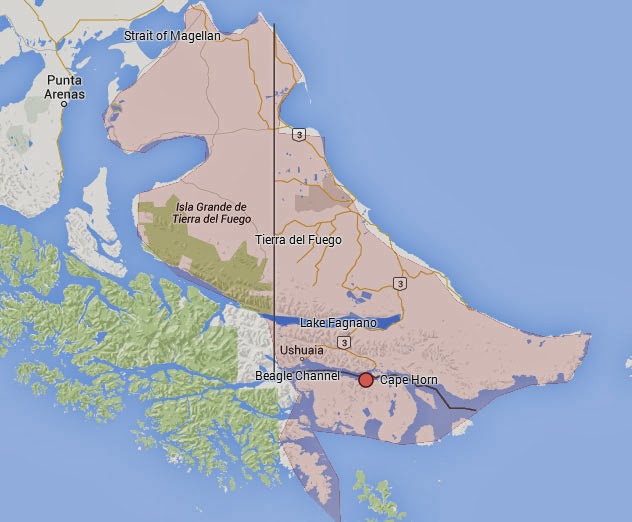Macaw and Parrot Clay Licks in the Rainforest of Peru
Macaw and Parrot Clay Licks in the Rainforest of Peru
The congregation of colorful large Macaws, Amazon Parrots, and parakeets in Southeastern Peru’s Macaw clay licks has been described as one of the most thrilling of avian phenomena. Riverside clay licks, locally known as Ccollpa is the point of concentration for hundreds of macaws, parrots, and parakeets; up to a dozen species which come to ingest the clay, rich in minerals and sodium. Shortly after dawn, parrots gathering by the scores in the trees above the bank begin to peel off to line the vegetation overhanging the cliff. Then, as their confidence rises with the sun, Blue-headed Parrots and other smaller psittacids fly down to the vertical clay face. All the while, large Amazon parrots and dozens of macaws are building their numbers in the trees above.
Ultimately, after much circling to investigate, they too begin to venture down onto the open bank to cling and consume the mineral-rich clay, a vital but mysterious part of their diet, which is now thought to aid in digestion of certain toxic fruits. The constant coming and going of these colorful birds, their sudden eruptions from the bank to wheel in the soft morning light, and the din of their incessant vocalizations all combine to produce an unforgettable effect.
The reason for the use of clay-licks by the macaws, parrots, and parakeets is a subject of much discussion. Many of the fruits, seeds and flowers that make up a significant part of parrot’s and macaw’s diet in this part of the Amazon basin have evolved with naturally occurring toxins designed for the plant’s self-protection. The clay consumed at the ccolpa contains chemicals that bind with these ingested alkaloids, thus neutralizing their toxicity. However, within the clay lick, the birds tend to choose the soil with the highest sodium content over soils that are best for neutralizing toxins. There is a high degree of correlation between both theories, and ongoing research allows for the possibility that macaws and parrots receive multiple benefits from eating clay.
As macaws, parrots and parakeets begin to concentrate in the forest canopy early in the morning, each bird, regardless of species, seems perfectly content to wait for the others to make the first move down toward the clay lick itself. Parrots and macaws first take to the air in their own collective groups and begin what is described as “the dance”, where the mixed flock circles the area above the lick seemingly, in an attempt to check for the presence of predators before they land on the lick.
Parakeets and small parrots are consistently the first to venture down to the clay lick. Then come large Amazons, and after multiple failed attempts, a few pairs of large macaws land on the lick, as if letting the others know it is ok to come down. Soon all birds will be on the clay lick, eating beakfulls of clay with their feet.
As the birds cautiously eat the clay, they are constantly on the lookout for a sign of anything that may look like a predator. Often times, the silhouette of a flying bird may resemble a black and white hawk-eagle (a rainforest predatory species) and the entire flock takes off into in a burst of sound and color. The entire flock will take several circles around the area, assessing the threat before landing on the trees surrounding the Ccollpa. From here they will wait for everything to be clear to venture back down to the clay lick.
Multiple take offs and landings take place until some of the birds begin to split from the flock in pairs or family groups on a separate direction. Soon, more and more birds begin to do the same, and the show comes to an end as the sounds and colors blend into the tropical rainforest of southeastern Peru
____________________________________________________________________
Written by: Alfredo Begazo
____________________________________________________________________
Written by: Alfredo Begazo









Your macaw photos are pretty amazing :)
ReplyDeleteHere are my recent adventures to the Amazon (including the clay lick) ... huge trees of the Tombopato Reserve and ... the macaw clay-lick on the Tombopato River of Peru hope it adds to discussion :)